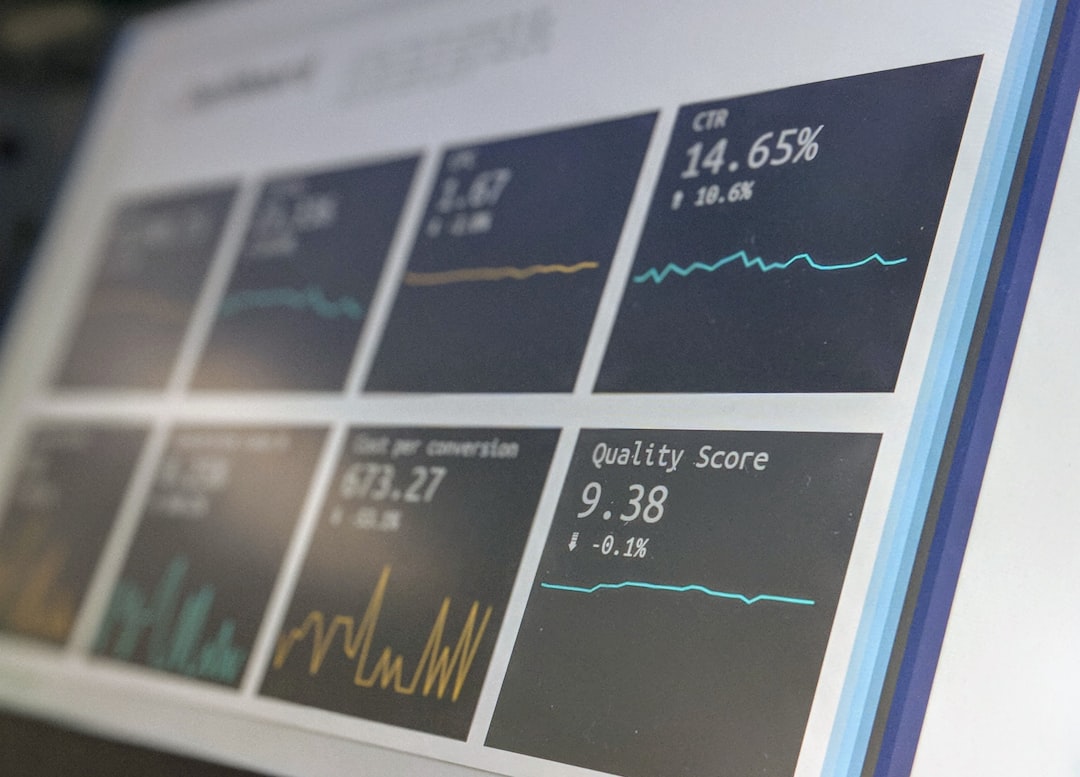
Revolutionizing DataCenter Infrastructure: A Futuristic Portal Architecture Approach
In today’s digital landscape, the need for efficient and scalable data center infrastructure is more critical than ever. With the rapid growth of data and the increasing demand for real-time processing, organizations must adopt innovative approaches to enhance their data center capabilities. One such approach is the implementation of a Futuristic Portal Architecture, which promises to revolutionize data center infrastructure by streamlining operations, improving resource management, and enabling seamless integration of emerging technologies.
Understanding Futuristic Portal Architecture
Futuristic Portal Architecture is a modern framework that shifts the traditional data center model toward a more flexible and dynamic environment. Unlike conventional architectures that rely heavily on physical hardware, this approach leverages cloud computing, microservices, and containerization to create a more agile infrastructure. This architecture not only optimizes resource usage but also ensures that organizations can scale their operations in response to changing demands.
Key Components of Futuristic Portal Architecture
1. Cloud-Native Design
The cloud-native design is at the heart of the Futuristic Portal Architecture. By utilizing cloud services, organizations can significantly reduce the overhead associated with managing physical servers. This model allows for on-demand resource allocation, ensuring that data center capacity aligns with current workloads.
2. Microservices and Containerization
Microservices architecture breaks down applications into smaller, manageable services that can be developed, deployed, and scaled independently. Coupled with containerization technologies like Docker and Kubernetes, organizations can achieve high availability and fault tolerance, making it easier to deploy applications across different environments.
3. Automation and Orchestration
Automation tools are vital for managing the complexities of modern data centers. With platforms like Jenkins for Continuous Integration/Continuous Deployment (CI/CD) and Terraform for infrastructure as code (IaC), organizations can automate repetitive tasks, reduce human error, and speed up the deployment process.
Current Developments in Data Center Infrastructure
Emerging Trends
The shift towards a Futuristic Portal Architecture is driven by several emerging trends:
-
Edge Computing: As IoT devices proliferate, processing data closer to the source becomes essential. Edge computing reduces latency and bandwidth use, enhancing the performance of applications that require real-time data processing.
-
AI and Machine Learning: Integrating AI-driven analytics within data centers allows organizations to predict workloads and make data-driven decisions about resource allocation. This capability enhances operational efficiency and reduces costs.
-
Sustainability: Organizations are increasingly focused on reducing their carbon footprint. Futuristic Portal Architecture supports this by optimizing energy consumption and promoting the use of renewable energy sources in data centers.
Case Study: Implementing Futuristic Portal Architecture
A notable example is Company X, which transitioned from a traditional data center model to a Futuristic Portal Architecture. By adopting cloud-native technologies and automating their deployment processes, Company X reduced operational costs by 30% and improved application deployment times from weeks to minutes. This transformation enabled them to better serve their customers and stay competitive in a rapidly changing market.
Expert Opinions
Industry experts emphasize the importance of adopting a Futuristic Portal Architecture. According to Dr. Jane Smith, a leading cloud architect, “Organizations that embrace this architecture will not only improve their operational efficiency but also position themselves as leaders in innovation.”
Further Reading and Resources
To deepen your understanding of Futuristic Portal Architecture and its applications, consider exploring the following resources:
Glossary of Terms
- Cloud-Native: An approach to building and running applications that exploit the advantages of cloud computing delivery model.
- Microservices: An architectural style that structures an application as a collection of loosely coupled services.
- Containerization: A lightweight form of virtualization that allows applications to run in isolated environments.
By embracing the Futuristic Portal Architecture, organizations can not only enhance their data center infrastructure but also drive innovation and improve their overall efficiency. As the digital landscape continues to evolve, staying abreast of these developments is crucial for maintaining a competitive edge.
Feel free to explore the resources mentioned above and share this article with peers to spread knowledge about revolutionizing data center infrastructure.


